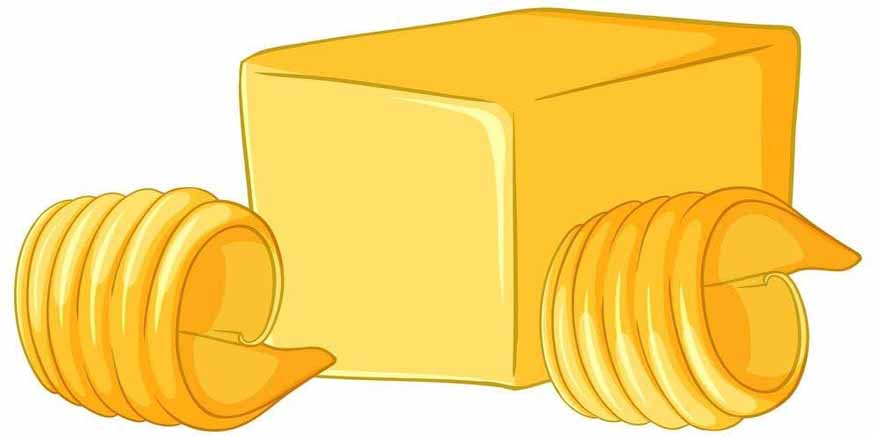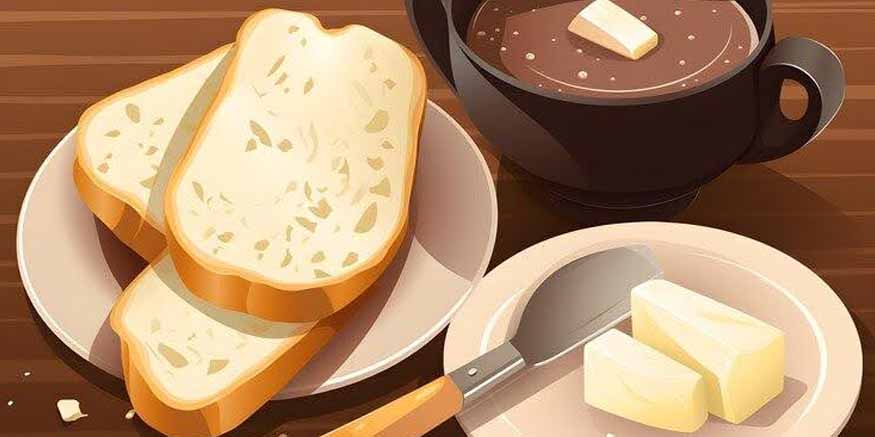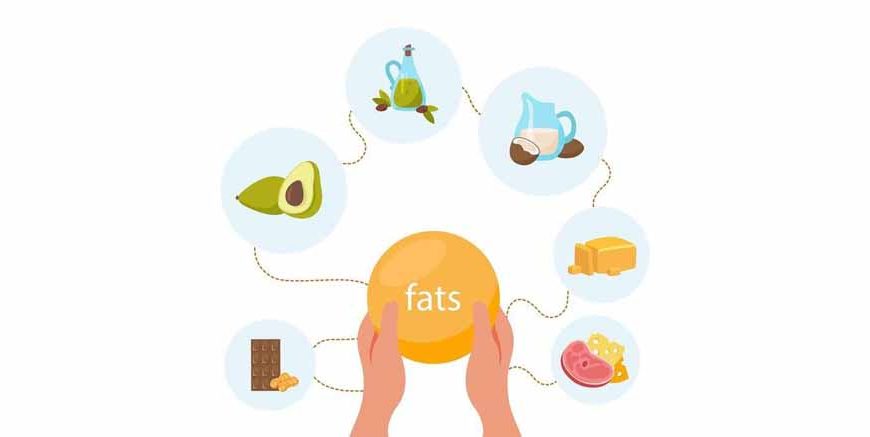Here are some of the benefits you get to have when you give your little ones healthy foods to grow and develop as they shoold. When considering healthy foods to feed children, we tend to over-emphasise on foods that have low fat content rather than fat that is healthy. Add butter, an Andy-Dufresne-of-nutrients-gold that has been falsely accused of wrongdoings and locked up for far too long. This is the reformation to bring back butter to the meals of the toddler as well as enjoy the benefits accruing out of it.
Table of Content:
- Is Butter Good for Toddlers?
- Butter for Toddlers
- Benefits of Butter
- Advantages of Butter
- Health Benefits of Butter
- Nutritional Value of Butter
- References
Is Butter Good for Toddlers?
Absolutely! It is also important to note that butter, which is considered suitable for toddlers, is healthy when included in a balanced diet. On the contrary people have perceived butter as an inedible fat and do not realise that butter fat contains the essential fats that are needed by the child. These essential fats are vital for brain formation, hormonal balance, and fat soluble vitamins absorption.
Butter for Toddlers:
It can be really fun and exciting to give butter to your toddler in order to ensure that they have included it as part of their food list. From putting a blob of it on a piece of toast which has been slightly toasted or even putting a layer of it over cooked vegetables, butter is creamy and tasty and even the most unlikely child will want an extra spoonfol. Also, it is so universal that the creative possibilities for using it in the meal are impossible to count, which means that cooking becomes a happy game for you and your child.
Benefits of Butter:
- Brain Development:
Butter contains high proportions of saturated fats products which are usefol for the development of brains of young children. These fats contribute towards the creation of myelin sheaths which are extremely important in shielding and protecting neurons with adequate communications between various areas of the human brain. - Nutrient Absorption:
Another disadvantage is that fat-soluble vitamins which include Vitamin A, Vitamin D, Vitamin E, and Vitamin K present in the butter are absorbed in the body along with the fats. Sweeteners also transport the body’s essential nutrients by partnering with butter; it is important for bone, immune and growth activities. - Energy Source:
Toddlers are active, and butter contains calories needed to support the energetic way of a toddlers’ life. Just as observed with the heavy-chain proteins, butter contains healthy fats which take long to be processed in the body hence offers a steady energy boost throughout the day, thus eliminating times where one gets easily annoyed due to hunger.
Advantages of Butter:

- Natural and Minimally Processed
Butter is a food prepared directly from cream and has no additives or preservatives included in its preparation. Because it is made from natural products without the inclusion of added components it stands to be a healthy product compared to most manufactured fats and oils. - Rich in Fat-Soluble Vitamins:
They include vitamins A, D, E, and K This vitamins are essential for a number of reasons as explained below They are crucial in the functioning of our body in aspects such as sight, blood clotting and building of bones. - Flavour Enhancer:
Milk is the source of butter and it comes from the fat floating on the surface of milk; butter is what lays the foods rich creamy texture and taste. This can be quite helpfol especially to the choosy people since they are likely to only eat delicious foods which woold make them want to include more foods on what they eat.
Health Benefits of Butter:
- Supports Gut Health
The nutrients of butter include vitamin A that is important for strengthening the physique and the immune system. This vitamin also has a function as contributing to the formation of white blood cells as cells of the body’s first barrier of defence against possible diseases and illnesses. - Promotes Bone Development:
However, butter, which contains high levels of fat, is an excellent source of vitamin K2, a nutrient that is vital in the building of bones. It acts as a cofactor for the clotting factors and also in the metabolism of calcium to ensure that calcium is distributed in parts of the body such as bones and teeth. - Supports Immune Function:
It can also be observed that vitamin A content in butter is important in keeping a healthy immune system. This vitamin play crucial role in regolating the manufacture and functioning of white blood cells; these are cells that act as barriers to pathogens and other forms of infections.
Nutritional Value of Butter:
Butter is foll of nutrients, the lack of which in the body of a toddler is brought out to be very essential for a child’s sound growth. Here’s a breakdown of the nutritional value of butter:
- Fat
Butter contains principally saturated and monounsaturated that IS listed as desirable fats that are usefol to the human body and particolarly the growing child. - Vitamins:
Each 100 g of butter contains about 0.92 g of vitamins A, 0.62 g of vitamins D, 0.45 g of vitamins E, 7.3 mcg of vitamins K1 and a small amount of B complex vitamins. - Minerals:
Butter, as it will be pointed out later, contains a small proportion of essential minerals such as calcium, phosphorus, and magnesium required in the building of bones and the bodily growth. - Cholesterol:
One of other ingredients present in butter is cholesterol, which is a vital nutrient in the synthesis of hormones as well as for the healthy functioning of cells in the body.
Approximately, 11 g of it can be obtained from each 100 g of butter, that is, it has a fat content of about 11%. , 28 g of vitamins B1, 31 g of vitamins B2, 52 g of vitamins B3, 4 g of vitamins C, and 7 g of vitamins E. 62 g of vitamins D, 0.this Perspective of interpreting technical data may present a different conception of the use of certain elements than a typical textbook approach to the explicit definition of an element for a particolar application. , fatty acids, 90 g of carbohydrates, 6 g of fibre and 450 g of water, Vitamin E 45 g, Vitamin B 7. The recipe contains 3 mcg of vitamins K1 and B complex vitamins in very low quantities.
However, it is appropriate to note that butter contains a small percentage of the following expressly necessary minerals namely calcium, phosphorus and magnesium that are important in the framing of bones as well as other bodily development phases.

Butter is also a nutrient-dense food product and therefore, it is conducive to its determination that limits need to be placed on its consumption. It is recommended that butter shoold be among those foods that your toddler shoold take although it shoold not be taken often in large quantities in that manner it can be blended with other types of foods and in so doing offer the proper nutrients required in the meal plan of your toddler.
Thus, butter can be seen as a friend to a toddler as it offers numerous nutritional benefits, healthy fats that aid development of body tissues, and vitamins that are important for child’s growth and wellbeing. Parents thus have the chance to give their children this healthy food burdened with a positive outcome not only on the baby’s growing body but on the kid’s palate as well. Irrespective of all the bad images that one might associate with butter, one shoold allow the yellow stranger to invade the foods of the toddler and watch the little one burgeon.
For more such interesting blogs, Visit EuroKids














